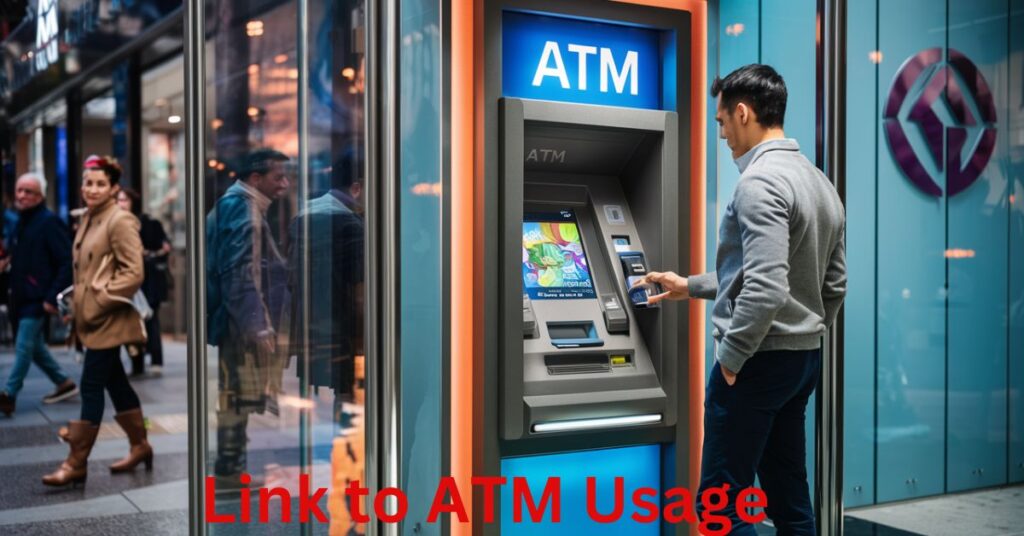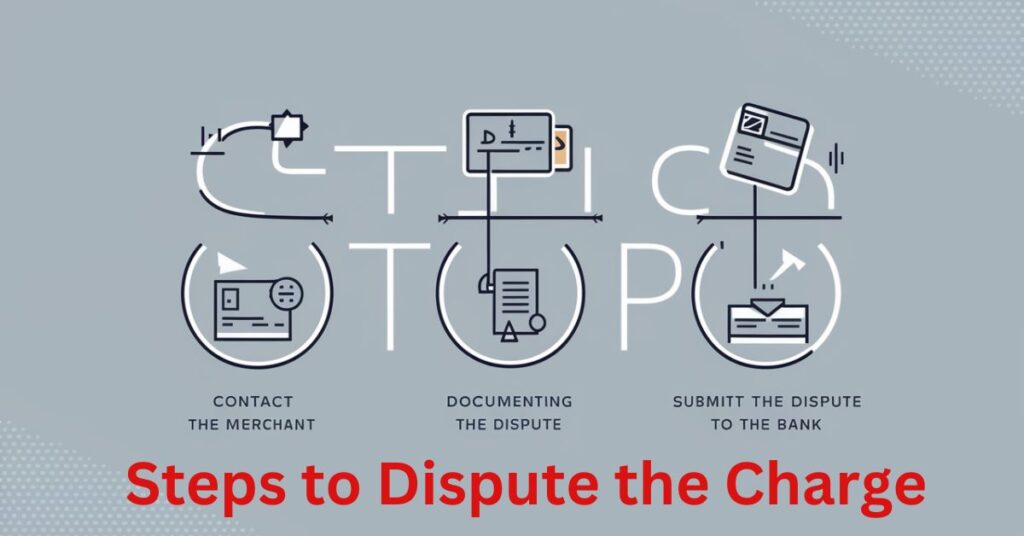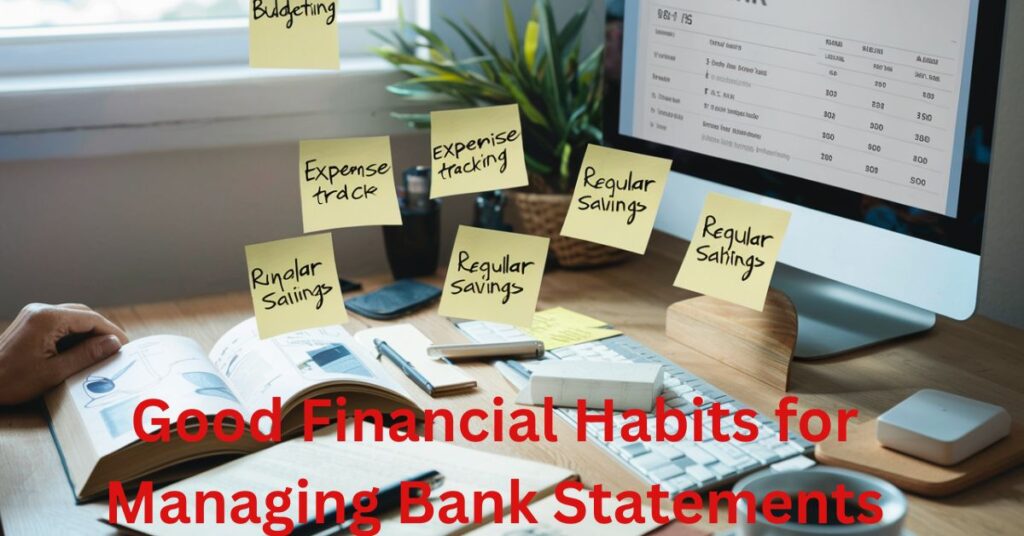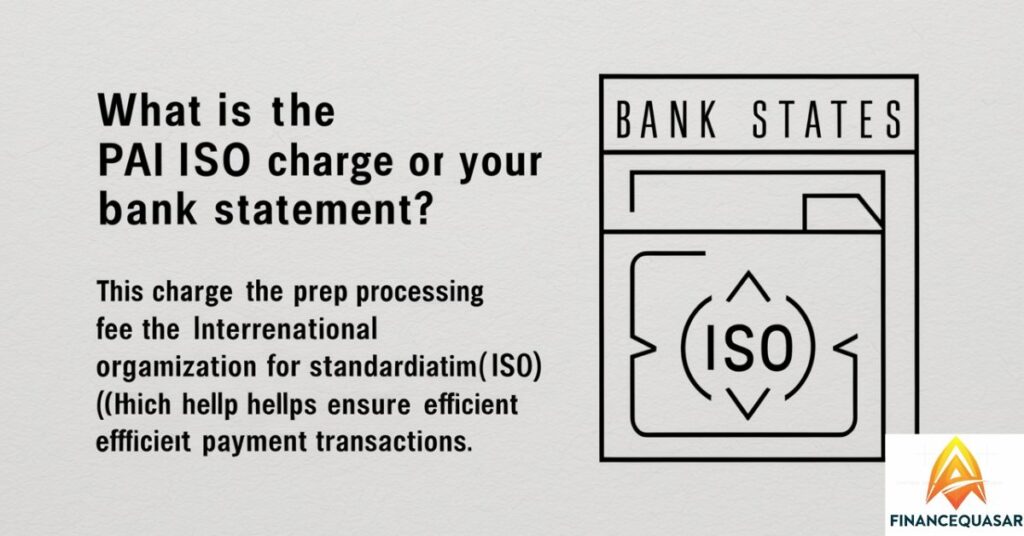The PAI ISO charge on your bank statement refers to a transaction fee associated with using an ATM managed by Payment Alliance International (PAI). When you see this charge, it indicates that you’ve made a withdrawal or other transaction at an ATM operated by PAI. This charge may include the amount withdrawn as well as any additional fees associated with using the ATM. Understanding this charge helps you track your financial activities and ensures transparency in your banking transactions.
Curious about that mysterious PAI ISO charge on your bank statement Let’s uncover the truth behind this enigmatic fee and shed light on what it means for your financial transactions.
The PAI ISO charge on your bank statement is a fee associated with using an ATM managed by Payment Alliance International (PAI). This charge typically appears when you make a withdrawal or other transaction at a PAI-operated ATM. It includes the amount withdrawn and any additional fees incurred during the transaction. Understanding this charge helps you track your ATM usage and financial expenditures accurately.
Understanding PAI ISO Charges: What You Need to Know
What is a PAI ISO Charge?
A PAI ISO charge is a fee that shows up on your bank statement when you use an ATM managed by Payment Alliance International (PAI). It’s like a little extra cost tagged onto your ATM transactions.
Why Does It Appear?
So, let’s break it down. Whenever you withdraw cash or do any banking stuff at a PAI-operated ATM, this charge pops up. It’s a way of saying, “Hey, you used our ATM, so here’s a little fee for the service.”
Making Sense of It
Think of it as paying a tiny toll fee for using a specific ATM network. This charge helps keep the ATM running smoothly and covers maintenance costs, so you get a reliable service whenever you need cash on the go.
Importance of Understanding These Charges
Why It Matters
Understanding these charges is super important because it’s all about keeping tabs on your money. When you see a PAI ISO charge on your bank statement, it’s like a little flag waving at you, saying, Hey, pay attention!
Staying in the Loop
By knowing what these charges are all about, you stay in the loop with your finances. You can track your ATM usage and make sure you’re not paying any unexpected fees. Plus, it helps you avoid any surprises when checking your bank balance.
What is PAI ISO?

Breaking It Down
PAI ISO stands for Payment Alliance International, the company that manages ATMs. So, when you see PAI ISO on your bank statement, it’s like a little signal telling you that you’ve used one of their ATMs.
Getting to Know PAI ISO
Think of PAI ISO as the behind-the-scenes player making sure ATMs are up and running smoothly. They handle all the technical stuff, like keeping the machines stocked with cash and making sure they’re in good working order. So, when you use an ATM managed by PAI, that’s when the PAI ISO charge shows up on your statement.
Services Offered by PAI
What PAI Does?
PAI, or Payment Alliance International, offers a bunch of services related to ATMs. It’s like a one-stop shop for all things ATM-related.
ATM Portfolio Management
PAI helps folks who own or operate ATMs manage their machines more efficiently. They provide tools and services to keep those cash-dispensing marvels in tip-top shape.
Retailers and Financial Institutions
PAI also works with retailers and banks to set up and manage ATMs in their locations. It’s like having a trusted partner to handle all the ATM stuff so businesses can focus on what they do best.
Recomended post: What is the US CONNECT charge on bank statements?
Why Does This Charge Appear?
Understanding the Reason
Ever wondered why that PAI ISO charge shows up on your bank statement? Let’s dive into it and clear up the mystery.
Using PAI ATMs
So, here’s the deal: whenever you use an ATM managed by Payment Alliance International (PAI), that’s when this charge appears. It’s like a little fee you pay for the convenience of using their ATM network.
Common Reasons for Seeing a PAI ISO Charge
Using PAI ATMs
The most common reason you’ll see a PAI ISO charge on your bank statement is because you’ve used an ATM managed by Payment Alliance International (PAI). These ATMs are often found in various locations like retail stores, gas stations, and convenience stores.
Withdrawals and Transactions
Whenever you make a withdrawal or conduct a banking transaction at a PAI-operated ATM, you may incur this charge. It’s essentially a fee for using their ATM network and the services they provide to keep those machines up and running smoothly.
Link to ATM Usage

Understanding the Connection
The link to ATM usage is straightforward when it comes to the PAI ISO charge on your bank statement. Let’s explore how your ATM activity relates to this charge.
Using PAI ATMs
Whenever you use an ATM managed by Payment Alliance International (PAI), the PAI ISO charge appears on your statement. So, the more you use PAI-operated ATMs for withdrawals or transactions, the more likely you are to encounter this charge.
How PAI ISO Works to Prevent Fraud
Guarding Against Fraud
Here’s how PAI ISO steps up to the plate to keep your ATM transactions safe and sound.
Collaboration with Law Enforcement
PAI ISO teams up with law enforcement agencies like the United States Secret Service to tackle fraud head-on. They share information and work together to identify and stop any suspicious activity at ATMs.
Real-Time Monitoring
Using advanced software, PAI ISO keeps a close eye on ATM transactions in real-time. If anything fishy pops up, like unusual patterns or signs of tampering, they spring into action to investigate and put a stop to it.
Immediate Alerts
PAI ISO’s system sends out instant alerts to authorities when potential fraud is detected. This rapid response helps catch culprits red-handed and prevents further losses.
What to Do If You Don’t Recognize the Charge
Stay Calm, Don’t Panic
If you spot a mysterious charge on your bank statement that you don’t recognize, don’t worry. Here’s what you can do to handle the situation calmly and effectively.
Double-Check Your Transactions
First things first, review your recent transactions to make sure you didn’t forget about any ATM withdrawals or other banking activities. Sometimes, charges can slip our minds, so it’s essential to double-check.
Contact PAI
If the charge still doesn’t ring any bells, reach out to Payment Alliance International (PAI). You can contact them via email or phone to inquire about the charge and get more information. They’ll help clarify whether the charge is legitimate or not.
Get in Touch with Your Bank
At the same time, it’s a good idea to contact your bank or credit card company. Let them know about the unrecognised charge and ask for their assistance in investigating it further. They can provide guidance on disputing the charge and potentially recovering your money.
File a Dispute
If the charge turns out to be unauthorised or fraudulent, file a formal dispute with your bank or credit card issuer. They’ll initiate an investigation into the matter and work to resolve it on your behalf. It’s essential to act promptly to prevent any further unauthorised charges.
Stay Vigilant
Finally, stay vigilant and monitor your bank statements regularly for any unusual activity. By staying proactive and keeping an eye on your finances, you can help protect yourself against fraud and unauthorised charges in the future.
Steps to Dispute the Charge

1. Gather Information
Start by gathering all the relevant information about the charge you want to dispute. This includes the date of the transaction, the amount, and any supporting documentation you may have.
2. Contact Your Bank
Reach out to your bank or credit card company as soon as possible to inform them of the disputed charge. You can usually find the contact information on the back of your card or on the bank’s website.
3. Provide Details
Be prepared to provide detailed information about the disputed charge when you speak to your bank. This may include explaining why you believe the charge is incorrect or unauthorised.
4. Initiate the Dispute
Your bank will guide you through the process of initiating a dispute for the charge. They may ask you to fill out a form or provide additional documentation to support your claim.
5. Follow Up
After initiating the dispute, be sure to follow up with your bank regularly to check on the status of the investigation. They may need additional information from you as they work to resolve the dispute.
6. Review the Resolution
Once the dispute has been resolved, carefully review the outcome provided by your bank. If the charge is found to be unauthorised, your bank will typically refund the disputed amount to your account.
7. Take Preventive Measures
To prevent future disputes, take steps to safeguard your financial information and monitor your accounts regularly for any suspicious activity. This may include changing your PIN, setting up account alerts, and reviewing your bank statements promptly.
Contact Details for PAI and Your Bank
Contact Details for PAI
If you need to get in touch with Payment Alliance International (PAI) regarding a charge on your bank statement, you can contact them using the following information:
Phone: 877-271-2627
Contacting Your Bank
To reach out to your bank or credit card company regarding any unauthorized or disputed charges on your statement, you can find their contact details on the back of your card or on their official website. Alternatively, you can visit your bank’s nearest branch for assistance in person.
Real-Life Experiences and Cautionary Tales
Learning from Others’ Experiences
Here are some real-life stories and cautionary tales shared by individuals who have encountered PAI ISO charges on their bank statements. These experiences shed light on the importance of vigilance when it comes to monitoring financial transactions and dealing with unauthorised charges.
1. Fraudulent Charges
Some users have reported unauthorised PAI ISO charges appearing on their bank statements, indicating potential fraudulent activity. These charges were often repeated ATM withdrawals or transactions that the individuals did not recognize or authorise.
2. Prompt Action
In response to the unauthorised charges, individuals took prompt action by contacting both PAI and their banks to dispute the charges and initiate investigations. This proactive approach helped them recover their money and prevent further unauthorised transactions.
3. Financial Impact
Unauthorised charges can have significant financial consequences, such as late fees, cancelled payments, and loss of funds. In one case, a user faced a cancellation notice and late fee due to an unauthorised PAI ISO charge, highlighting the importance of addressing such charges promptly.
4. Reporting Fraud
Individuals emphasised the importance of reporting fraudulent charges to their banks and law enforcement agencies, as well as filing disputes to recover their stolen funds. Cooperation with authorities and financial institutions is crucial in combating fraud and protecting oneself from financial loss.
5. Staying Vigilant
These experiences underscore the importance of staying vigilant and regularly monitoring bank statements for any unauthorised or suspicious charges. By staying alert and taking immediate action when unauthorised charges are detected, individuals can minimise the risk of financial fraud and protect their assets.
Good Financial Habits for Managing Bank Statements

1. Regular Review
Make it a habit to review your bank statements regularly, at least once a month. This helps you keep track of your expenses, detect any errors or unauthorised charges, and ensure that your finances are in order.
2. Categorize Expenses
Consider categorising your expenses to get a clear understanding of where your money is going. This can help you identify areas where you may be overspending and make adjustments to your budget accordingly.
3. Set Up Alerts
Take advantage of your bank’s alert features to receive notifications for large transactions, low balances, or unusual activity on your account. These alerts can help you detect potential fraud early and take immediate action.
4. Reconcile with Receipts
Keep track of your receipts and compare them with your bank statements to ensure that all transactions are accurate and accounted for. This can help you catch any discrepancies and resolve them promptly.
5. Report Anomalies Promptly
If you spot any unauthorised transactions or errors on your bank statements, report them to your bank immediately. Prompt reporting can help prevent further financial loss and increase the likelihood of resolving the issue satisfactorily.
6. Keep Personal Information Secure
Protect your bank account information, PINs, and passwords from unauthorised access. Avoid sharing this information with anyone and use strong, unique passwords for your online banking accounts to enhance security.
7. Archive Old Statements
Consider archiving your old bank statements either digitally or in physical form. These statements can serve as valuable records for tax purposes, loan applications, or resolving disputes in the future.
By adopting these good financial habits, you can effectively manage your bank statements, safeguard your finances, and maintain control over your financial well-being.
Regularly Review Your Statements
Make it a habit to review your bank statements frequently. By regularly checking your statements, you can keep track of your spending, detect any unauthorised transactions, and ensure that your financial records are accurate. This proactive approach helps you stay informed about your financial health and enables you to address any issues or discrepancies promptly.
Categorise Your Expenses
Organise your expenses into different categories to gain insight into your spending habits. By categorising your expenses, such as groceries, utilities, entertainment, and transportation, you can better understand where your money is going and make informed decisions about budgeting and saving. This practice helps you identify areas where you may be overspending and allows you to prioritise your financial goals effectively.
Set Up Alerts
Take advantage of your bank’s alert features to receive notifications about your account activity. Setting up alerts for transactions over a certain amount, low balances, or unusual activity can help you stay informed and detect potential fraudulent activity early. By proactively monitoring your account through alerts, you can take prompt action to protect your finances and minimise the risk of unauthorised charges.
Reconcile with Receipts
Keep track of your receipts and compare them with your bank statements regularly. Reconciling your receipts allows you to verify that all transactions appearing on your bank statement are accurate and accounted for. This practice helps you identify any discrepancies or errors in your financial records and ensures that your bank statement reflects your actual spending.
Report Anomalies Promptly
If you notice any irregularities or anomalies in your bank statements, report them to your bank immediately. Promptly reporting any unauthorised transactions or suspicious activity can help prevent further financial loss and increase the likelihood of resolving the issue satisfactorily. By taking quick action, you can protect your finances and minimise the impact of fraudulent activity on your account.
Keep Personal Information Secure
Ensure the security of your personal information, including bank account details, PINs, and passwords. Avoid sharing this sensitive information with anyone and take precautions to protect it from unauthorised access. By keeping your personal information secure, you can safeguard your finances and reduce the risk of identity theft or fraud.
Archive Old Statements
Store your old bank statements securely for future reference. Archiving your statements, whether in digital or physical form, ensures that you have access to past financial records when needed. These statements can be valuable for tax purposes, loan applications, or resolving disputes. By archiving your old statements, you can maintain organised financial records and easily retrieve information when required.
FAQ’s
What is the PAI ISO charge on my bank statement?
The PAI ISO charge on your bank statement refers to a transaction processed by Payment Alliance International, often related to ATM usage.
Why does the PAI ISO charge appear on my statement?
The charge appears when you use an ATM managed by Payment Alliance International (PAI), commonly found in various locations like retail stores and gas stations.
What should I do if I don’t recognize the PAI ISO charge?
If you don’t recognize the charge, contact PAI directly for clarification and also inform your bank or credit card company to dispute the charge.
How does PAI ISO work to prevent fraud?
PAI ISO collaborates with law enforcement agencies and utilises real-time reporting software to detect and prevent fraudulent activities, such as man-in-the-middle attacks at ATMs.
Can I dispute unauthorised PAI ISO charges?
Yes, you can dispute unauthorised charges by contacting your bank or credit card company and providing details of the transaction for investigation and possible refund.
Conclusion
Understanding the PAI ISO charge on your bank statement is essential for managing your finances effectively. By grasping the significance of this charge and being aware of its implications, you can take proactive steps to monitor your transactions, detect any irregularities, and protect your financial well-being.
Remember to review your statements regularly, categorise your expenses, and report any anomalies promptly to safeguard your finances and maintain control over your financial health. With diligence and awareness, you can navigate the complexities of the PAI ISO charge and ensure a secure financial future.

I am constantly seeking new challenges and opportunities to make a positive impact through my work. With my passion for innovation and drive for success, i continues to push the boundaries of what is possible in the ever-evolving world of technology.
In addition to my technical skills, I am known for my strong communication and leadership abilities. I thrives in collaborative environments, where i can leverage my expertise to drive projects forward and inspire teams to achieve their goals.







